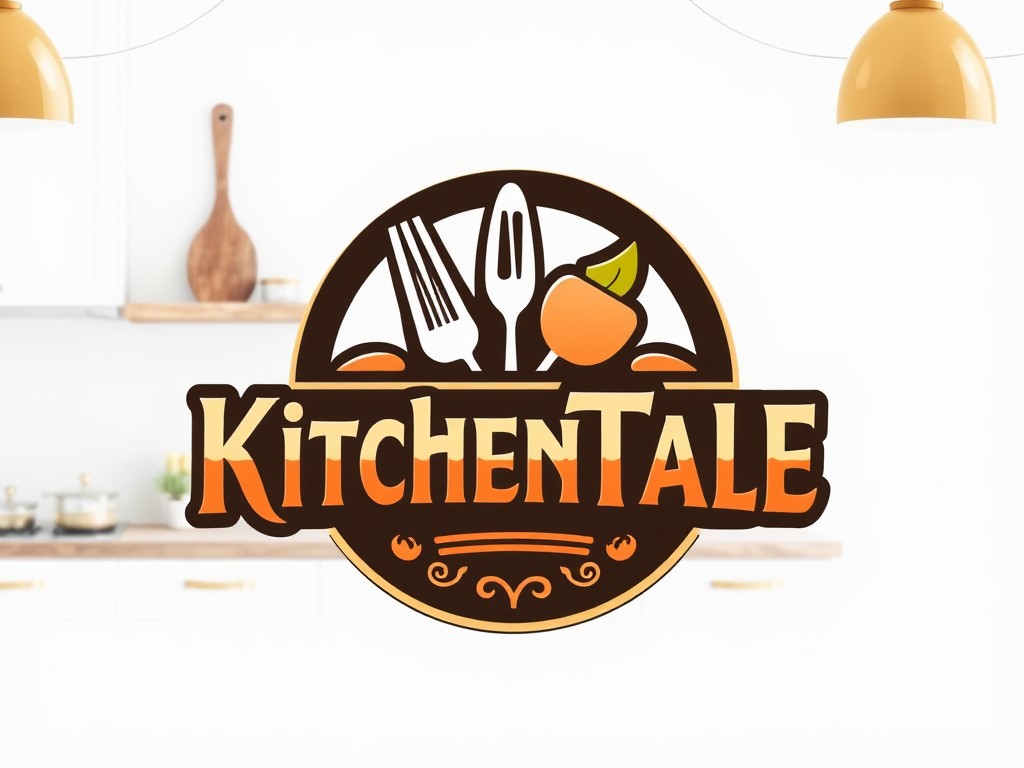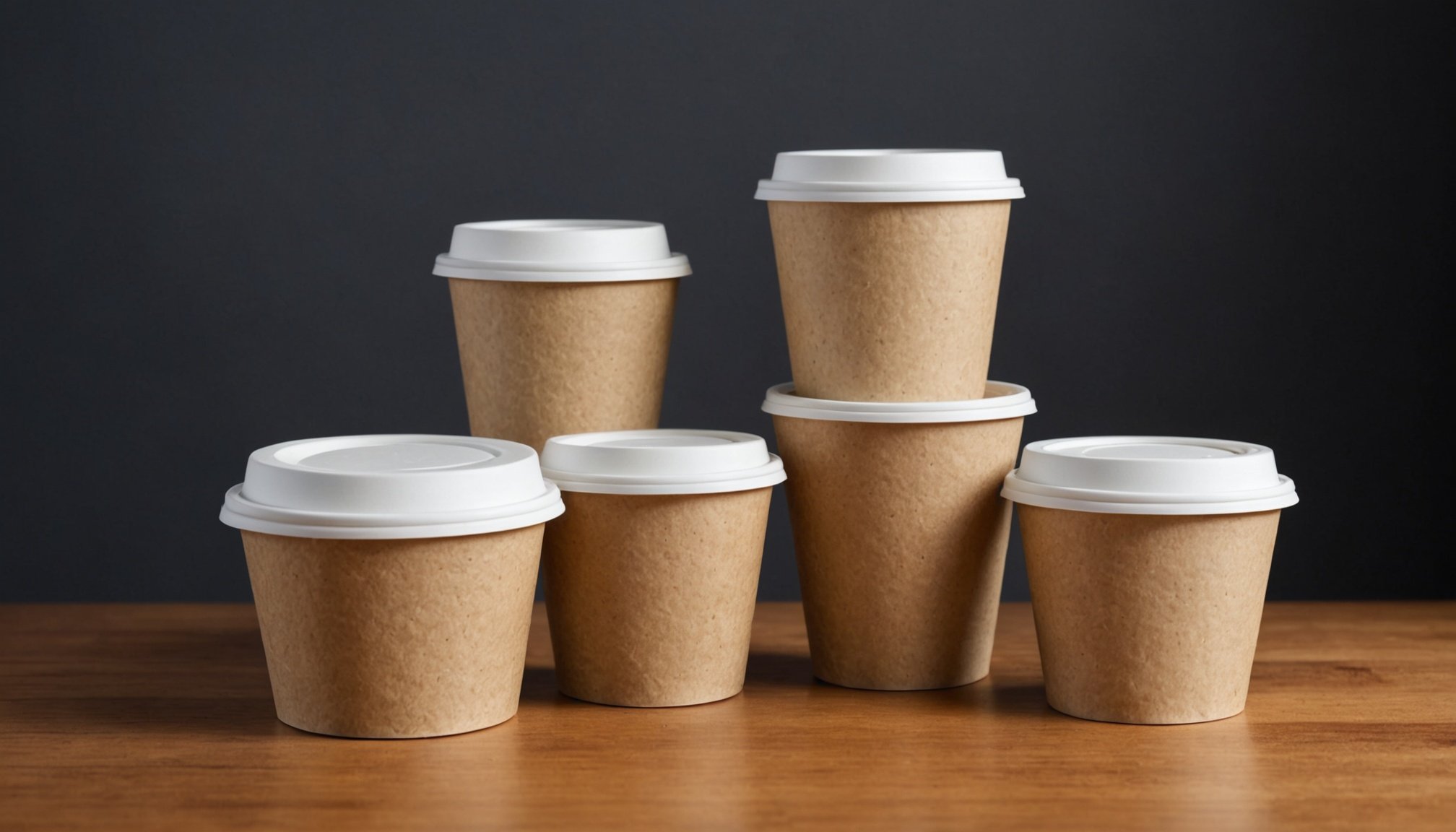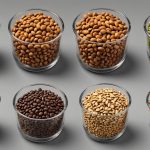Take-out dining is evolving, driven by the urgent need for sustainable solutions. Eco-friendly cafes are at the forefront, adopting cutting-edge biodegradable packaging options that significantly reduce environmental impact. This shift not only caters to environmentally conscious consumers but also showcases innovative materials and designs that enhance the dining experience. Discover how these advancements are transforming take-out services and setting new standards for sustainability in the food industry.
Overview of Biodegradable Packaging Innovations
Exploring the landscape of biodegradable packaging reveals its critical role in advancing eco-friendly solutions. As industries strive to reduce their environmental footprint, biodegradable materials have emerged as a promising alternative to traditional packaging.
Topic to read : Ergonomic Kitchen Tools: How to Alleviate Chef Fatigue in High-Volume Restaurants
Recent innovations in biodegradable packaging materials have significantly impacted sustainability, especially in the food industry. These advancements include the development of bioplastics derived from renewable resources like corn starch and sugarcane. Such materials decompose naturally, minimizing waste and pollution.
Advancements in Biodegradable Materials
Understanding the latest breakthroughs is key to appreciating their potential. Here are some noteworthy innovations:
In the same genre : Essential Tips for Installing a Commercial Espresso Machine in Your Cozy Café
- Biodegradable Films: These films are used for wrapping and preserving food, offering a sustainable substitute for plastic wraps.
- Edible Packaging: Made from natural substances, this packaging can be consumed along with the product, eliminating waste entirely.
- Biodegradable Containers: Composed of plant-based fibers, these containers are ideal for takeout and delivery services.
A quote from a recent study highlights the impact: "Biodegradable packaging is a game-changer in reducing landfill contributions and promoting a circular economy."
By embracing these eco-friendly solutions, the food industry can significantly enhance its sustainability efforts, aligning with global environmental goals.
Types of Biodegradable Packaging Used in Take-Out
Exploring the variety of biodegradable packaging options reveals a shift towards more sustainable materials in the take-out industry. This transition is not only environmentally conscious but also offers practical benefits.
Plant-Based Packaging Options
Plant-based packaging, such as those made from cornstarch and sugarcane, are increasingly popular. These materials are renewable and decompose naturally, reducing the environmental impact compared to traditional plastics.
Compostable Containers
Compostable containers are another innovative solution. They break down into non-toxic components, enriching the soil without leaving harmful residues. These containers are particularly beneficial for businesses aiming to reduce their carbon footprint.
Comparison with Traditional Packaging
When comparing biodegradable vs. traditional packaging materials, the differences are stark. Traditional plastics can take hundreds of years to decompose, whereas biodegradable options decompose within months under the right conditions. This rapid breakdown is crucial in minimizing landfill contributions.
Below is a simple comparison:
| Feature | Biodegradable Packaging | Traditional Packaging |
|---|---|---|
| Decomposition Time | Months | Centuries |
| Environmental Impact | Low | High |
| Resource Renewability | Yes | No |
By adopting these sustainable materials, businesses can play a pivotal role in promoting environmental sustainability.
Case Studies of Eco-Friendly Cafes
Exploring the world of eco-friendly cafes reveals innovative approaches in packaging implementation. These establishments are leading the way in sustainability by adopting biodegradable solutions.
Successful Cafes and Their Packaging Choices
Several cafes have embraced biodegradable packaging with remarkable success. For instance, Café Green in Portland uses compostable coffee cups and plant-based cutlery, which have significantly reduced their waste footprint. Customers appreciate these efforts, as noted in a survey where 85% expressed a preference for eco-friendly packaging.
Customer Response and Benefits
The response from patrons has been overwhelmingly positive. The use of biodegradable materials not only aligns with customers' environmental values but also enhances the brand's image. Cafes report increased customer loyalty and foot traffic as a result of their sustainable practices.
Challenges and Solutions
Implementing biodegradable packaging is not without challenges. Many cafes face higher costs and supply chain issues. However, solutions like bulk purchasing and partnering with local suppliers have proven effective. A manager from EcoBrew Café notes, "Our commitment to sustainability has driven us to innovate and find cost-effective solutions."
By focusing on eco-friendly packaging, these cafes demonstrate that environmental responsibility can coexist with business success.
Environmental Benefits of Biodegradable Packaging
Exploring the environmental benefits of biodegradable packaging reveals significant waste reduction potential.
Reduction of Plastic Waste in Landfills
Biodegradable packaging plays a vital role in reducing the accumulation of plastic waste in landfills. Unlike traditional plastics, which can take centuries to decompose, biodegradable materials break down within months. This rapid decomposition significantly decreases the volume of waste, contributing to a cleaner environment.
Decomposition Timeline Compared to Traditional Plastics
The decomposition timeline of biodegradable packaging is a crucial factor in its environmental benefits. Traditional plastics persist in the environment, posing long-term pollution challenges. In contrast, biodegradable options decompose swiftly, minimizing their ecological footprint. This accelerated breakdown is essential for effective waste reduction.
Impact on Marine Life and Ecosystems
Biodegradable packaging also benefits marine life and ecosystems. Conventional plastics often end up in oceans, harming wildlife and disrupting ecosystems. Biodegradable alternatives, however, reduce this risk by decomposing before reaching marine environments. This shift is crucial for protecting aquatic habitats and maintaining biodiversity.
Key Benefits of Biodegradable Packaging:
- Reduces landfill waste
- Decomposes quickly
- Protects marine life
A recent study emphasizes, "Biodegradable packaging is integral to mitigating plastic pollution and preserving ecosystems." By prioritizing these environmental benefits, industries can make a positive impact on the planet.
Consumer Perception and Demand
Understanding consumer preferences is crucial in shaping sustainable choices.
Growing Consumer Interest
The demand for sustainable packaging options is on the rise, driven by increasing consumer awareness of environmental issues. A recent survey indicates that 70% of consumers prefer products with biodegradable packaging, highlighting a shift in consumer preferences towards eco-friendly choices. This trend is reshaping market dynamics as businesses strive to meet these expectations.
Influence on Customer Loyalty
Eco-friendly practices significantly impact customer loyalty. Consumers are more likely to remain loyal to brands that prioritize sustainable choices. This loyalty is reflected in purchasing decisions, with 60% of surveyed customers willing to switch brands for more sustainable packaging options. The alignment of brand values with consumer preferences fosters a stronger connection and enhances customer retention.
Willingness to Pay
Consumer willingness to pay a premium for biodegradable packaging is evident. According to a study, 55% of consumers are ready to pay up to 10% more for products with sustainable packaging. This willingness underscores the importance of aligning product offerings with consumer preferences for sustainable choices.
Key Findings:
- 70% prefer biodegradable packaging
- 60% would switch brands for sustainability
- 55% willing to pay more for eco-friendly options
Innovations and Future Trends in Biodegradable Packaging
Exploring the future of biodegradable packaging unveils exciting possibilities.
Emerging Technologies in Biodegradable Materials
Emerging technologies are revolutionizing biodegradable innovations. Researchers are developing materials like algae-based plastics and mushroom packaging, which offer sustainable alternatives to conventional plastics. These innovations promise enhanced decomposition rates and reduced production costs, making them viable for widespread adoption.
Predictions for the Evolution of Packaging in the Food Industry
The food industry is poised for a transformation with the rise of biodegradable packaging. As consumer demand for eco-friendly options grows, companies are investing in innovative solutions. Predictions indicate a shift towards smart packaging that not only decomposes but also monitors food freshness, enhancing both sustainability and functionality.
Role of Government Regulations in Shaping Packaging Practices
Government regulations play a crucial role in advancing biodegradable innovations. Policies promoting sustainable practices encourage businesses to adopt biodegradable materials. For instance, several countries have implemented bans on single-use plastics, accelerating the transition to eco-friendly alternatives.
Key Trends:
- Algae-based and mushroom packaging
- Smart packaging technologies
- Regulatory policies driving change
A leading expert notes, "The future of packaging lies in biodegradable innovations that align with environmental goals and consumer expectations." These trends underscore the potential of biodegradable materials in reshaping the packaging landscape.
Comparison with Traditional Packaging
Evaluating the differences between biodegradable and traditional packaging can reveal important insights for businesses and the environment.
Cost Analysis of Biodegradable vs. Traditional Options
While biodegradable packaging may initially seem more expensive than traditional packaging, the long-term benefits often outweigh the costs. Businesses can reduce waste disposal expenses due to the sustainability of biodegradable materials. Moreover, as production scales up, prices are expected to decrease, making biodegradable options more competitive.
Performance and Practicality in Take-Out Scenarios
In terms of performance, biodegradable packaging offers practical advantages for the take-out industry. It provides adequate protection for food items while being environmentally friendly. Unlike traditional packaging, which can take centuries to decompose, biodegradable options break down quickly, ensuring minimal environmental impact.
Long-Term Benefits for Businesses and the Environment
Adopting biodegradable packaging not only enhances a company's eco-friendly image but also aligns with global sustainability trends. This shift can attract environmentally conscious consumers, fostering loyalty and potentially increasing market share. Additionally, the environmental benefits, such as reduced landfill waste and lower carbon emissions, contribute positively to the planet.
Key Considerations:
- Initial cost vs. long-term savings
- Environmental impact
- Consumer attraction and retention
These factors underscore the importance of choosing biodegradable options over traditional packaging for a more sustainable future.
Visual Examples of Biodegradable Packaging
Exploring the practical and aesthetic aspects of eco-friendly solutions.
Innovative Designs in Cafes
Biodegradable packaging visuals highlight the creative potential of sustainable materials. Cafes worldwide are adopting biodegradable packaging designs that not only serve functional purposes but also enhance the customer experience. For instance, compostable coffee cups with intricate patterns and plant-based cutlery with sleek finishes showcase the fusion of practicality and aesthetics.
Photographic Examples in Use
Photographic examples of biodegradable packaging in use demonstrate their application in real-world settings. Images of biodegradable containers holding vibrant salads or wraps in eco-friendly cafes capture the essence of sustainable dining. These visuals emphasize the seamless integration of biodegradable materials into everyday life, offering both environmental benefits and visual appeal.
Lifecycle Infographics
Infographics detailing the lifecycle of biodegradable materials provide a comprehensive understanding of their environmental impact. These graphics illustrate the journey from renewable resource extraction to natural decomposition, highlighting key stages such as manufacturing, usage, and breakdown. Such visual aids effectively communicate the sustainability of biodegradable packaging, reinforcing its role in reducing waste.
- Key Elements:
- Creative design applications
- Real-world photographic examples
- Lifecycle infographics detailing environmental impact
These examples underscore the versatility and benefits of adopting biodegradable packaging, encouraging businesses to explore innovative, eco-friendly solutions.
Resources for Cafes Seeking Biodegradable Solutions
Empowering cafes with sustainable packaging options
Suppliers and Manufacturers
For cafes looking to transition to biodegradable solutions, choosing the right supplier is crucial. Several suppliers specialize in biodegradable packaging tailored for the food industry. Notable manufacturers include EcoPack, GreenWrap, and BioWare, each offering a range of eco-friendly products. These suppliers provide biodegradable options such as compostable containers and plant-based cutlery, ensuring cafes can meet sustainability goals.
Selecting the Right Packaging
Selecting the appropriate biodegradable packaging for different food types is essential. Factors to consider include the food's temperature, moisture content, and storage requirements. For instance, compostable coffee cups are ideal for hot beverages, while biodegradable containers suit salads and wraps. Consulting with biodegradable suppliers can help cafes make informed decisions.
Tips for Transitioning
Transitioning to sustainable packaging can be seamless with the right approach. Start by assessing current packaging needs and gradually replacing them with biodegradable solutions. Partnering with biodegradable suppliers who offer guidance and support can ease this transition. Additionally, educating staff and customers about the benefits of biodegradable options fosters a culture of sustainability.
- Key Considerations:
- Supplier selection
- Food type compatibility
- Transition strategies
These resources enable cafes to adopt biodegradable packaging effectively, aligning with environmental and business objectives.











